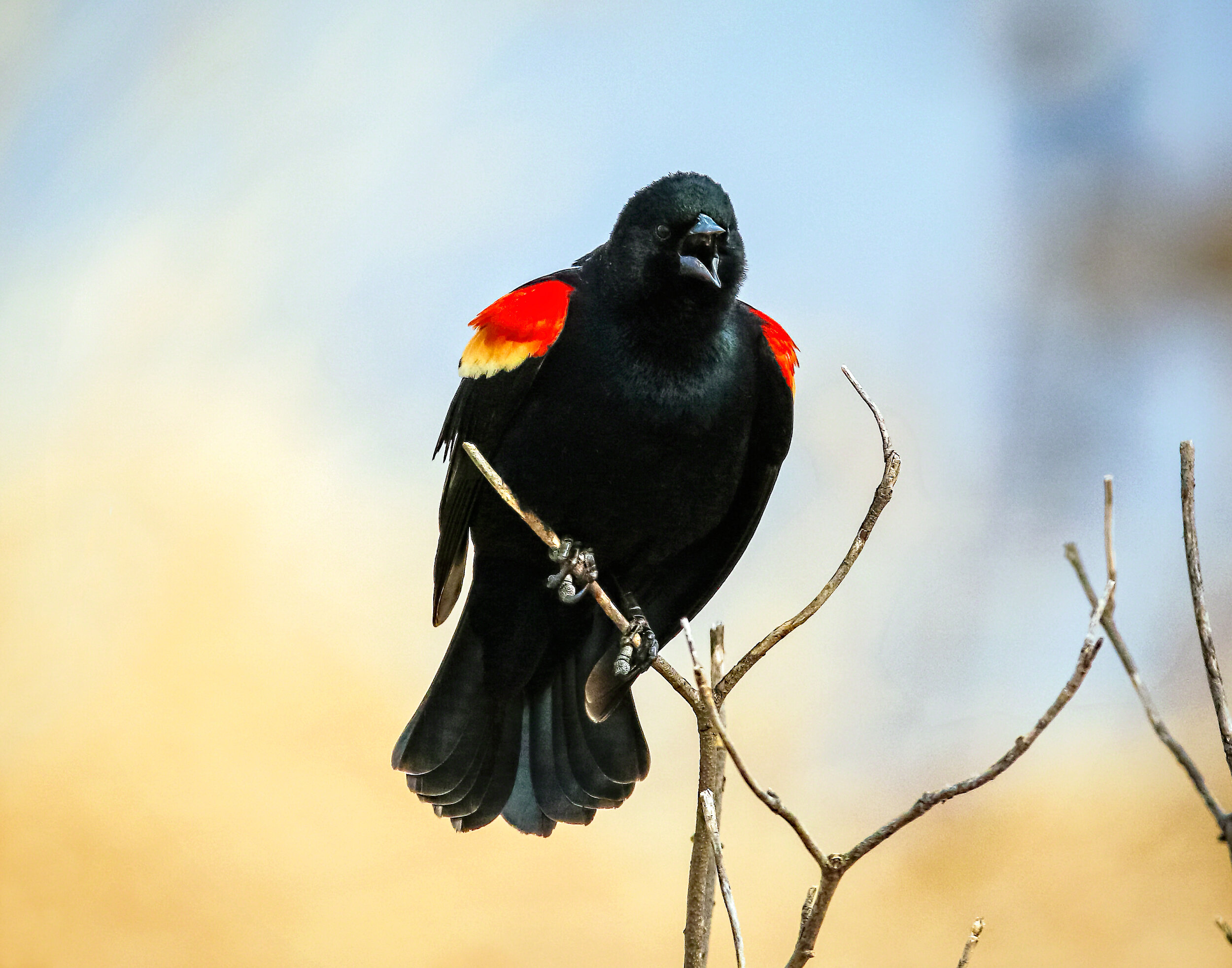March Mudness
I needed to check out a trout stream project on Sunday. The site was only 100 yards or so from the bridge and someone had already tracked through the snow almost all the way there. Almost. And I found out why. If Satan wants to make hell more miserable he can simply add postholing to the list of daily activities. As each foot breaks the crusted top layer of snow through the remaining eight inches of snow and is then extricated with a mix of lung and thigh power, the operator of that foot begins to question the sanity of being outside on what seemed such a nice day.
The disappearance of such snow makes the Mud of March almost bearable. Soon the mud will take over the front yard, the back yard, the side yard, trails, barnyards, fields, pretty much the whole landscape. A farmer friend says it's his least favorite time of the year. For many good reasons, he times most of his calving for March but the combination of mud, calves, and cows makes for dreary and sometimes dangerous times. Our beloved livestock, Philly and Peggy, drag in paws and coats of mud and you don't want to know what else from the yard and walks. We never throw away a towel knowing all will be needed in March.
Sandhill Crane foraging. Photo by Arlene Koziol
We experience the mud because March signals it's time to be outside. The birds are coming back. The Sugar River postholing and, of course, mudding too were worthwhile because I saw and heard my first Sandhill Cranes of the season. Maybe this year those bugles remind us the cavalry is on the way. We just have to hold the fort a bit longer until we can all receive the vaccines. The DNR has notified us that the Red-wing Blackbirds are drifting back. I long to see and hear my first one of the year; nothing in the spring makes me smile more than their mating calls. For me, red-wingers are our jauntiest and bravest bird. More frequent and varied bird activity fills the neighborhood and it seems to increase daily.
A bold and boisterous Red-winged Blackbird calls out. Photo by Monica Hall
March brings maple syrup and burn season will start soon. Yet another DNR notice reminded us that some restorative fires to deal with invasive species of cattails or to reduce cattail density in some marshes have to occur early in March.
Pike in a puddle. Photo by Dan Oele
Some fish are starting spawning runs. The magnificent and formidable northern pike will seek out marshes and sometimes amazingly small wetlands to spawn. My six loyal readers will recognize the photo of a spawning pike from last year but it's worth showing again. She's a really big pike (over 40") and a local, from a bit further downstream in the Sugar River. She also perfectly illustrates the value of small, ephemeral wetlands. The Sugar has lost many of its larger wetlands and the reason it still has a self-sustaining population of pike is because of such pocket wetlands right off the main channel. Pike aren't the only occupants for which these are essential. Within days we'll be hearing the several frog species that depend on them.
So the next time ephemeral wetlands and the folks who protect them (like the Wisconsin Wetland Association) need some help, remember the tiny frogs and the big pike. And enjoy the outside games of March.
Take care and stay well,
Topf Wells, Madison Audubon board of directors and advocacy committee chair
Cover photo by Katherine Hala FCC







